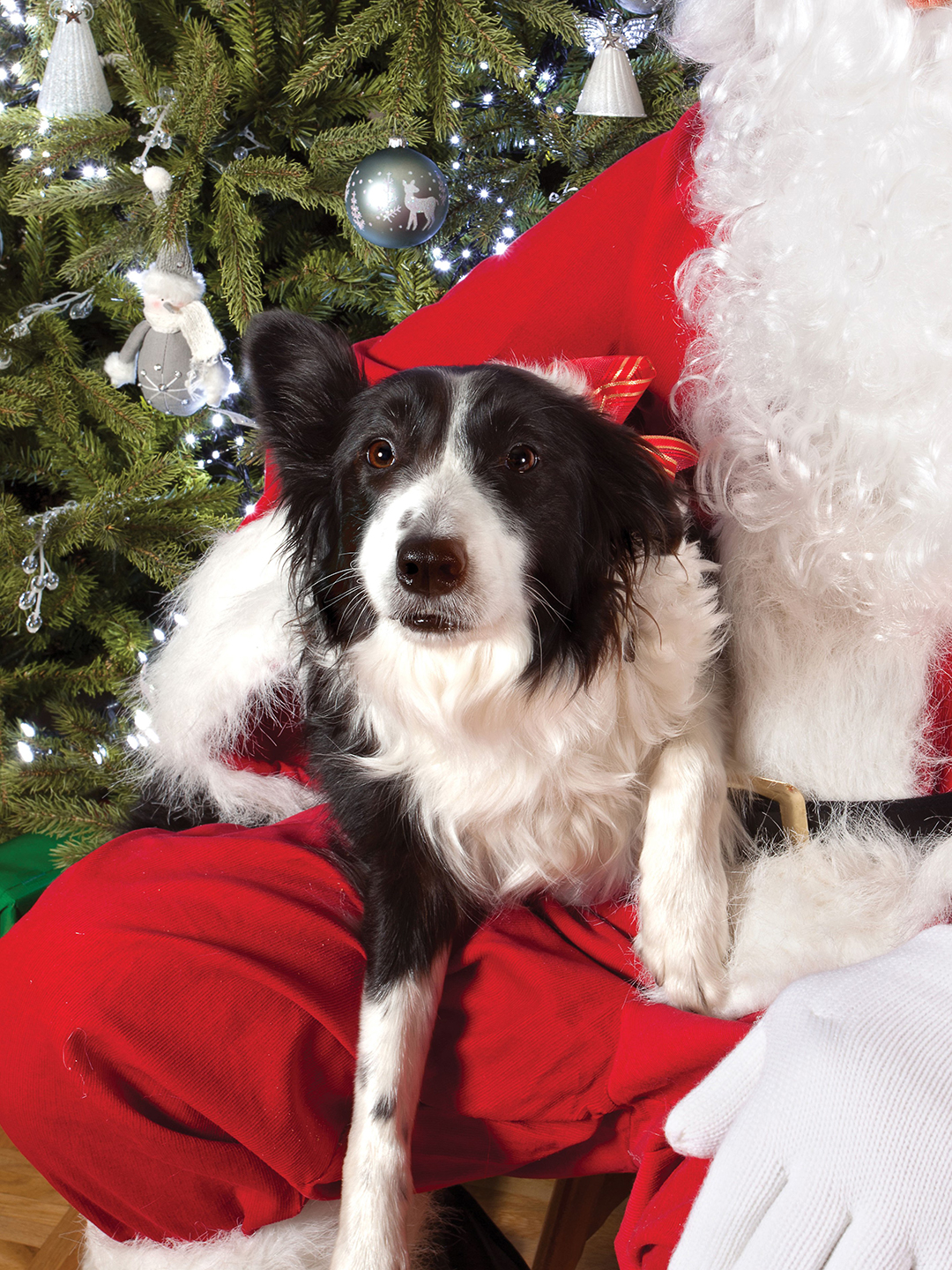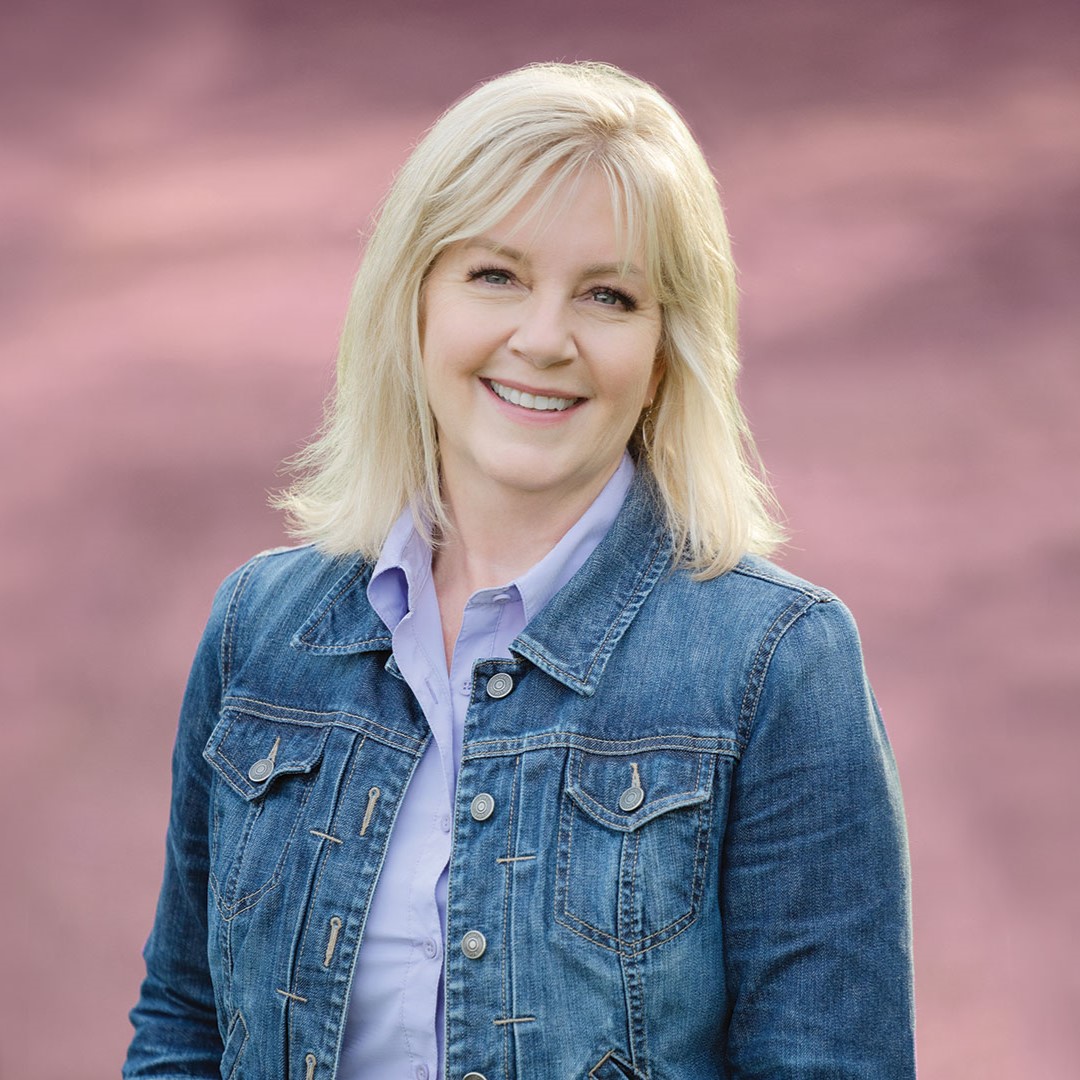
Photos: Mesa Cole
Emerson Tallents advocates for herself and teenagers who struggle with mental health.
Emerson Tallents started 10th grade at a new school—Hill-Murray School—earlier this year. She plays soccer, helps lead children’s ministry at her church and loves animals.
Until recently, Emerson had one mini poodle, two geckos, a rabbit and a tank full of fish. But two years ago, she started doing research on another type of animal: psychiatric service dogs (PSDs). She wanted a dog that would help her cope with her social anxiety and depression.
At first, Emerson’s mom, Jill Tallents, wasn’t keen on having another dog in the house. “We as parents really poo-pooed it because we thought, ‘… No, we don’t need another animal,’” she says. “And then we got to the point this [past] year where [Emerson’s] anxiety really became debilitating.”
Emerson’s social anxiety means that she has trouble being in crowded spaces, including school. Emerson, her parents and her therapist have worked on developing coping strategies—including talk therapy, medication, a specialized diet and meditation—to help her manage her anxiety. But even with these tools, Emerson began to miss school in 2021. It got to the point where she would stay home four out of five days in a week, multiple weeks in a row.
That’s when Emerson’s parents started to take Emerson’s idea of a PSD more seriously.
As Emerson explains, a PSD is different from a therapy dog or an emotional support animal (ESA). Whereas ESAs don’t require specialized training, PSDs are taught to perform specific tasks to help their handlers cope with mental health disorders, including post-traumatic stress disorder, schizophrenia, bipolar disorder, depression and anxiety.
For Emerson, a service dog might create a space around her in crowded areas or lay on her to calm her down, which is a technique known as deep pressure therapy.
These dogs wear vests to let other people know that they’re working. As with guide dogs, it’s important to not pet a PSD while they’re working, as the attention can distract the dog from helping their handlers.
The Tallents decided on a breeder who they met through another family at Emerson’s former school. The breeder—who lives in Pennsylvania—was already sending a golden retriever puppy named Arlo to Minnesota for training and interviewed Emerson to find out if she and Arlo would be a good match.
“He asked her specific questions,” Jill says. “‘What do you like to do? What brings you a challenge? What gives you joy?’”
Once the breeder decided that Arlo was a good fit for Emerson, the Tallents set up a GoFundMe to raise money for the dog. Within a few weeks, friends and family members had made enough donations to fund Arlo.

But with the GoFundMe available online, other students at Emerson’s school caught wind that she was getting a service dog, and they started asking Emerson questions about Arlo and her mental health. “In a smaller school, talk travels quickly,” Jill says. Emerson got used to explaining what a PSD was and why she needed one. “I think there’s a lot of stigma and stereotypes around that,” Jill says.
“Usually the biggest [question] was like, ‘Why do you need a service dog?’” Emerson says. “After a while, it got really easy to be like, ‘I have anxiety and social anxiety, and so it’s really hard for me to be in really packed places.’”
For Emerson and other kids with mental health disorders, this type of curiosity from their peers isn’t uncommon. Emerson says that other students—and even teachers—don’t always understand why her anxiety is different from typical teenage stress.
“We got a lot of like, ‘Well, what’s wrong with her?’” Jill says. “Just a lot of people not knowing how to ask her [and] not knowing social etiquette around people with differences.”
Emerson has learned to explain to teachers why she sometimes needs to leave class early (navigating the halls during passing time elevates her social anxiety) or why she might need a break to go for a walk and sit in the counselors’ offices or a quiet space.
Unfortunately, Emerson isn’t alone in her struggle with mental health, especially depression and anxiety. The American Academy of Child and Adolescent Psychiatry reports that suicide is the second leading cause of death among people aged 15 to 24 years old. Jill—who’s a social worker in St. Paul—researched the high rates of suicide and depression among kids while she was studying for her master’s degree.
According to Jill, this problem “was only expedited with COVID-19 [because] kids were isolated for long periods of time, not having social interaction,” she says.
Even though Jill and Emerson both believe that mental health awareness has come a long way, they want to see more formalized education about mental health taught in schools. This could be as simple as teaching students the warning signs for depression and anxiety and encouraging them to reach out to peers who seem to be struggling.
For Jill, it’s all about prevention. “I think that we need mental health practitioners in our schools,” she says, not just counselors or psychologists, but more social workers. “What are we doing to prevent kids getting to the point where they feel like they don’t have any help or they don’t have any options?” she says.
Part of the reason that Emerson switched to Hill-Murray School was an institutional lack of support at her last school. Although she had a group of teachers who checked in on her, Jill says that the institution was not equipped to support all of her needs, especially Arlo. “We really needed to find her a place that would kind of foster and accept the dog and accept what comes with that,” Jill says. “Hill-Murray is kind of moving in the direction of making sure that they meet the needs of students not only educationally, but with [their mental health].”
At 9-months-old, Arlo wasn’t ready to start school with Emerson in September, but the Tallents hope that he’ll be able to join her in just a few months after he finishes his training. (Arlo is currently being trained and will join Emerson in February.)
As for Emerson, her biggest hope for mental health awareness is that kids learn to support each other and approach each other with empathy. “You never know what’s going on behind closed doors,” she says. “So always just try your best to be nice. Try your best to understand. Try your best to be supportive.”






















